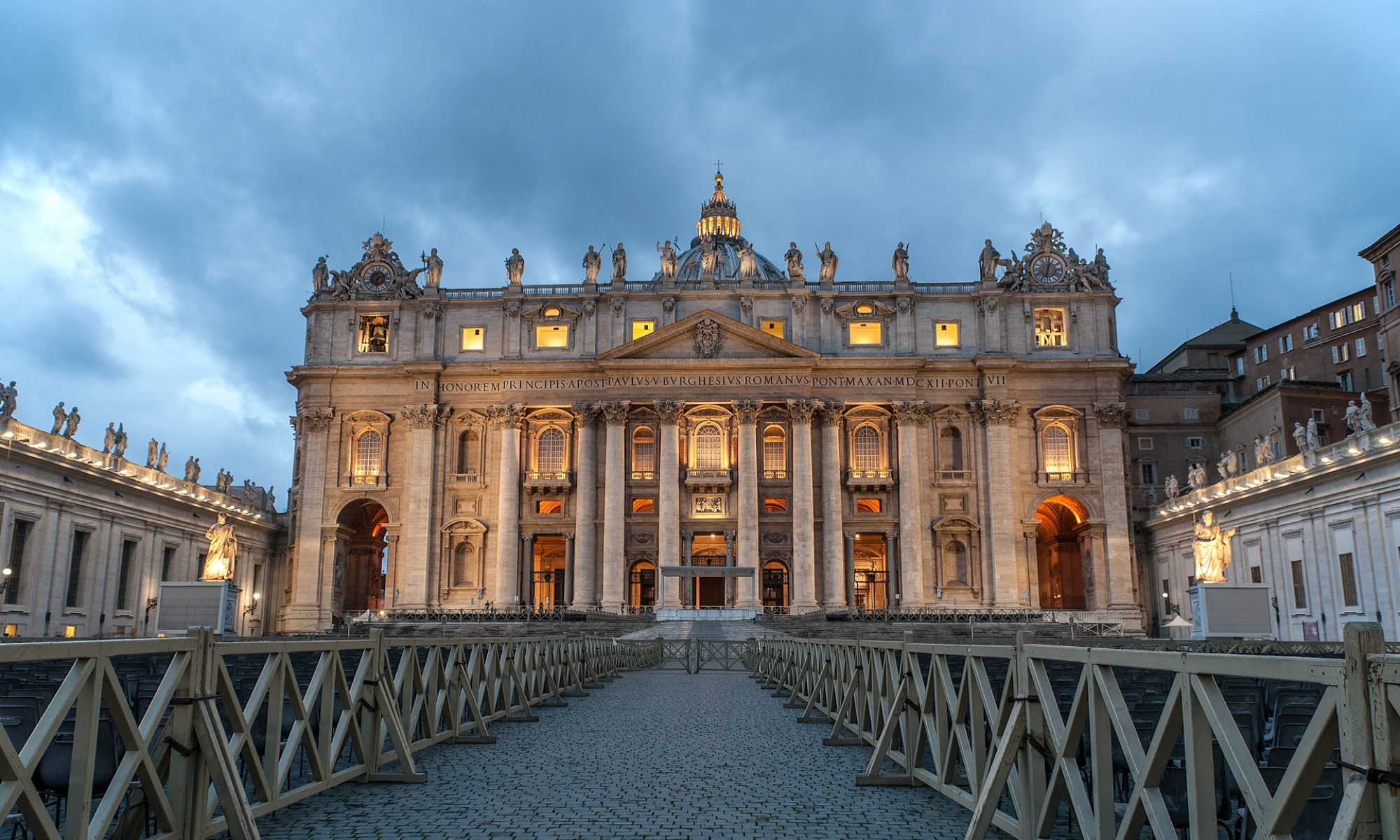At the beginning of the new year, following the celebrations of Christmas and the Epiphany, the Pope meets the diplomatic body accredited to the Vatican and offers ambassadors from various countries his wishes for the new year as well as sketching a global road map that shows what is at stake in the world as far as the Vatican is concerned.
Not including its diplomatic relationships with international organizations, the Vatican has official relations with some 179 countries, second in number only to the United States of America. In 2011, agreements were reached with Malaysia and Azerbaijan, whereas those with Mozambique and Montenegro are still to be ratified. China and Saudi Arabia are the two major countries which still do not have diplomatic relations with the Vatican.
This is normal for a state entity. What is unique is the status of the Vatican, which combines both religious and political dimensions. Before turning to the Pope’s speech it is perhaps useful to put it in its institutional context.
1. Both Church and State
The Roman Catholic Church is the only church which is organically related to a sovereign state (i.e. the Vatican) with its own political, financial, juridical and diplomatic structure. It the only ecclesial body which deals with other states through the Vatican at a peer-level. When it signs agreements with a state in the form of a concordat, for instance, it does so according to the rules of international law as a sovereign country vis-à-vis another sovereign country. The Pope is both head of the church and head of state. When he visits a nation he is welcomed as if he were a king, not simply as archbishop or another ecclesiastical figure.
Though small and symbolic, the Church also has an army, like any other state. It cleverly plays with its double identity (ecclesial and political) which is the fruit of its long and complex history, but also an indication of its composite institutional nature: both church and state in one. Theology and politics are so intertwined in the system of the Catholic Church and in its activities that it is impossible to separate them.
Many Evangelical traditions are based on the principle of the separation between church and state and find it difficult to understand a church which is also a state and vice versa. Even those Evangelical traditions which are accustomed to a covenant-type of relationship between church and state still operate according to the principle that, theologically and institutionally, church and state are two very different entities. Not so for the Vatican, which is both. This uniqueness must be grasped in order to deal with RC issues at all.
2. From the Economic Crisis to Religious Freedom … with some Blind Spots
The speech of Benedict XVI surveys the global scene and the challenges the world is facing.
First, the Pope gives attention to the “global economic and financial crisis”. The ones who are most affected are the young. They are particularly in distress in North Africa and the Middle East. In this region the Pope explicitly mentions Syria, the Holy Land, and Iraq. The international community has to engage them in dialogue and aiming at reconciliation knowing that “the path of peace is at the same time the path of the young”. Education, family, and openness to life (i.e. pro-life behaviors) are the roads towards development for the younger generation. Although the Pope says that the crisis calls for “new rules which ensure that all can lead a dignified life and develop their abilities for the benefit of the community as a whole”, no remark here is made about the devastating distortions of the global economy and human responsibility in them.
The second pillar of Pope Benedict’s speech is religious freedom, “the first of human rights, for it expresses the most fundamental reality of the person”. After paying tribute to the murdered Pakistani Minister Shahbaz Bhatti, the Pope speaks of Christians deprived of fundamental rights and sidelined in public life in too many places of the world. Religiously motivated terrorism has also reaped many victims, especially in Asia and in Africa. In other unnamed parts of the world (perhaps Europe and the West?), policies tend to marginalize the role of religion in society. No remark is made about China notwithstanding the fact that two RC bishops are in prison, perhaps out of diplomatic prudence towards a very delicate situation.
3. Italy as example?
In closing the speech, the Pope makes reference to the 150th anniversary of the unity of Italy as a nation (1861-2011). In this respect, he hopes that “Italy will continue to foster a stable relationship between Church and State, and thus serve as an example to which other nations can look with respect and interest”. From an Italian and Evangelical perspective, it is at least curios that Italy should be taken as example of church-state relationships. While religious freedom is granted by the Italian Constitution, the RC Church has a uniquely privileged status which is far higher than other religious communities. This legal privilege gives rise to many economic, social, political, and media benefits which would be utterly unthinkable in many Western nations.
Does the Pope mean that the (totally unfair) privileges that the RC Church enjoy in Italy should be extended elsewhere and become a model for other countries? If this is what it appears to be, the opposite should be affirmed instead. Italy is still in need to learn what religious freedom means in an advanced sense, and one major obstacle to achieving this is exactly the Church-State settlement which the Pope advocates for in this speech.
The tone of the speech is at the same time both very “catholic” (i.e. global in scope) and very “roman” (i.e. attached to a very peculiar point of view).
Leonardo De Chirico
leonardo.dechirico@ifeditalia.org
Rome, 16th January 2012

